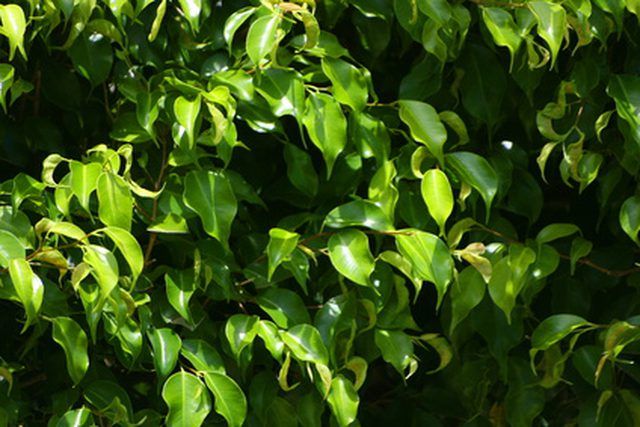Bulbs
Flower Basics
Flower Beds & Specialty Gardens
Flower Garden
Garden Furniture
Garden Gnomes
Garden Seeds
Garden Sheds
Garden Statues
Garden Tools & Supplies
Gardening Basics
Green & Organic
Groundcovers & Vines
Growing Annuals
Growing Basil
Growing Beans
Growing Berries
Growing Blueberries
Growing Cactus
Growing Corn
Growing Cotton
Growing Edibles
Growing Flowers
Growing Garlic
Growing Grapes
Growing Grass
Growing Herbs
Growing Jasmine
Growing Mint
Growing Mushrooms
Orchids
Growing Peanuts
Growing Perennials
Growing Plants
Growing Rosemary
Growing Roses
Growing Strawberries
Growing Sunflowers
Growing Thyme
Growing Tomatoes
Growing Tulips
Growing Vegetables
Herb Basics
Herb Garden
Indoor Growing
Landscaping Basics
Landscaping Patios
Landscaping Plants
Landscaping Shrubs
Landscaping Trees
Landscaping Walks & Pathways
Lawn Basics
Lawn Maintenance
Lawn Mowers
Lawn Ornaments
Lawn Planting
Lawn Tools
Outdoor Growing
Overall Landscape Planning
Pests, Weeds & Problems
Plant Basics
Rock Garden
Rose Garden
Shrubs
Soil
Specialty Gardens
Trees
Vegetable Garden
Yard Maintenance
Insects & Pests on a Ficus
Insects & Pests on a Ficus. Ficus or ornamental fig trees (as opposed to fruit-bearing figs) are a very popular indoor or outdoor ornamental plant in the United States. If kept in a pot, the tree will not grow too large; once placed in the ground, some species (such as the Benjamina) can grow very large, and their shallow roots have a habit of...

Ficus or ornamental fig trees (as opposed to fruit-bearing figs) are a very popular indoor or outdoor ornamental plant in the United States. If kept in a pot, the tree will not grow too large; once placed in the ground, some species (such as the Benjamina) can grow very large, and their shallow roots have a habit of buckling sidewalks and creating large bumps in asphalt and pavement. While ficus trees are one of the hardier ornamentals in warm climates, even they succumb to occasional insect infestations.
Cuban Laurel Thrip
One of the most common infestations with ficus trees, particularly outdoor trees, is that of the thrip. While feeding, adult thrips leave sunken dark spots along the spine of young, tender leaves. As young thrips feed on these leaves, the leaves curl in on themselves and become hard; this protective cocoon of sorts provides a sanctuary to the eggs laid by adults and defends all of the insects from predation. With prolonged thrip infestation, the leaves become yellow or brown and may drop prematurely. Thrips that fall onto people occasionally bite.
Thrip Eradication
For ornamental indoor trees, the best way to rid the plant of thrips is to pick every infested leaf and discard them outside. Wear gloves while doing this so the bugs wonít bite you. Three known insects feed on Cuban laurel thrips and can rid outdoor ficus trees of infestation; these are Macrotracheliella laevis, Montandoniola moraguesi and Cardiastethus rugicollis
Aphid
A common pest for many plant species, aphids are tiny but visible with the naked eye and can be white, yellow, brown, black or even blue in color. With sucking mouth parts, they tap into leaves for sap that they convert into honeydew, which in turn attracts ants. The ants protect the aphids from predators to maintain their supply of honeydew. An aphid infestation manifests itself in dried-out leaves that fall prematurely, but you should see them without trouble. You will also see ants all over your ficus.
Aphid Eradication
Ladybugs work very well at lessening the number of aphids, though they may not eliminate all of them, as the ants will do their best to fend off the ladybugs. You can buy frozen ladybugs at nurseries or feed and grain stores; when they defrost, they come to life. To kill all aphids, add 2 tsp. of dish soap, 1 cup of vegetable or white mineral oil and 2 cups of water to a spray bottle and coat the entire plant. This will suffocate the bugs. Make sure you keep the tree in shade while doing this, as the oil may magnify sunlight and harm the leaves. Rinse the plant with water once the bugs are gone.
Scale
These microscopic insects most often feed on indoor ornamental ficus trees, particularly the variegated weeping fig. The bugs construct a shell around themselves while feeding that looks like a brown or black bump on the leaf; some of these are hard, some soft and sticky. As they feed, scale bugs leave behind yellowish splotches and convert sap drawn from the leaves into honeydew, as do aphids, though scale do not normally attract ants as aphids do.
Scale Eradication
Crush every shell you find on your tree to kill the scale. This is effective, but only if you find them all; itís also a messy and unpleasant task. You can also mix a teaspoon of dish soap with 2 cups of warm water and use a plant sprayer to coat the entire plant (this will not harm the plant, but will kill the bugs); or try a combination of 1/2 tsp. of soap mixed with 1/4 cup rubbing alcohol and 1 1/2 cups warm water. Once the bugs are dead, rinse the ficus with water alone.